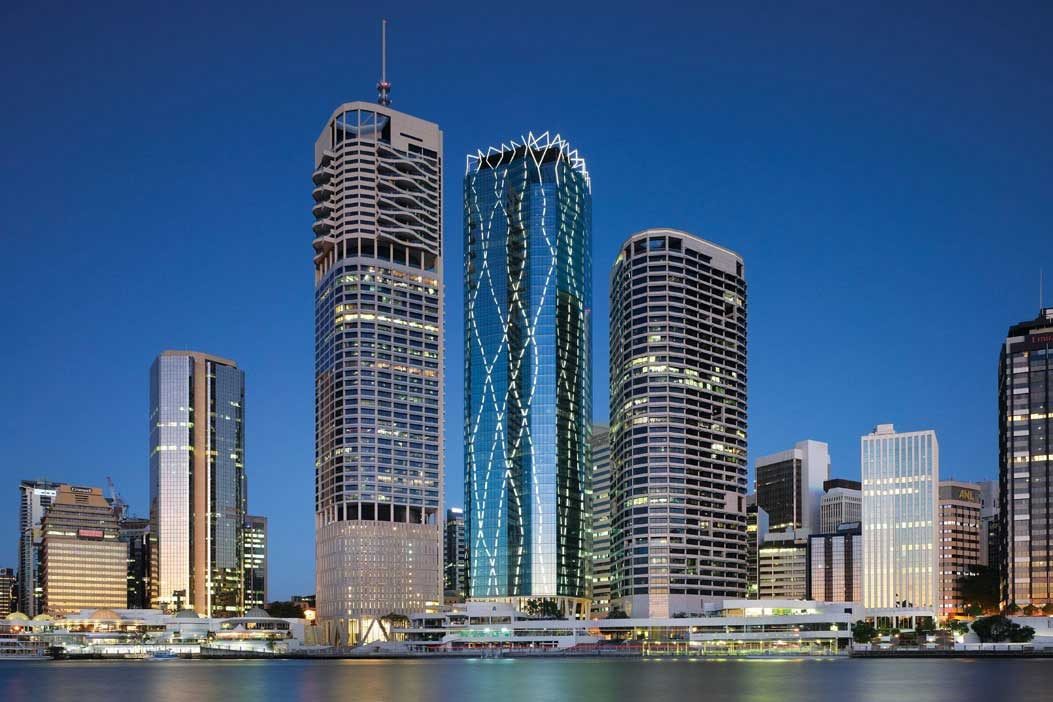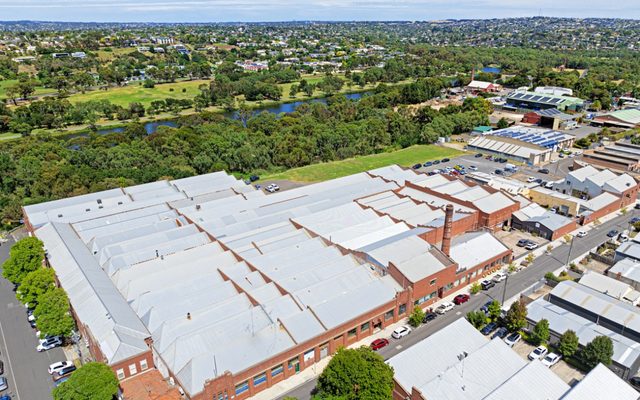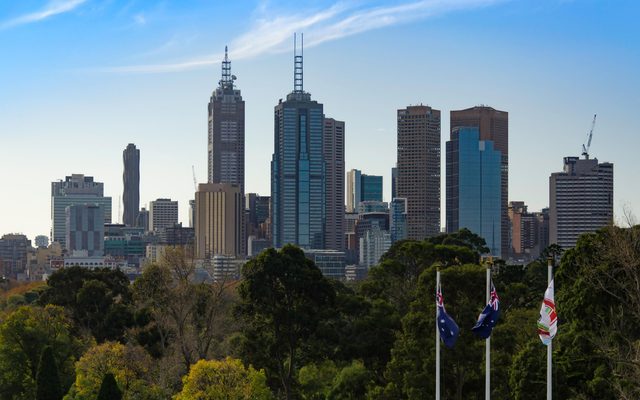This article is from the Australian Property Journal archive
RECENTRALISATION, an improving economy and massive infrastructure spending in Brisbane has seen more than 80% of relocating tenants move to high-grade offices throughout this year, as the prime-grade market heads towards its lowest vacancy rate in a decade.
White-collar employment growth is expected to reach 1.9% this year, the highest since 2014, according a CBRE MarketView report, and the average annual white-collar employment growth rate will jump from 0.7% over the past five-year period, to 1.2% over the next.
The report found that more than 80% of the 150,000 sqm of space leased in 2018 to date has involved prime-grade space, with the sector tipped to reach a long-term low of 9.5% by year’s end.
Those deals have been headlined by Suncorp’s pre-commitment to a new 39,700 sqm headquarters at 80 Ann Street, the Department of Veteran Affairs lease at 480 Queen Street, Westpac’s commitment to GPT’s Riverside Centre on Eagle Street and WeWork’s lease at 192 Ann Street.
More than 90% of 21,739sqm of positive net absorption in the six months to July occurred in the prime grade market.
“More than 80% of leasing transactions undertaken this year have seen tenants move to a higher-grade asset – confirming that demand continues to be weighted by quality of premises when assessing relocation opportunities,” CBRE’s Queensland state director, Chris Butters said.
He said that while demand is rising and vacancy rates are low, the future supply pipeline remains remarkably thin.
The only developments under construction are include the 7,200 sqm boutique workplace The Annex at 12 Creek Street, Shayher Group’s tower at 300 George Street and 80 Ann Street, which have a combined net lettable area of around 100,000 sqm.
The previous five-year period saw double the amount of space developed during a period of record high vacancy and record low employment growth.
Vacancy across the CBD is expected to fall from the 14.6% in July to below 14% at the end of 2018 and less than 13% by the middle of 2010.
Face rental growth of 2.5% over the next 12 months, combined with a slight reduction in incentives, is tipped to support net effective rental growth of 3.2%. Available premium contiguous space has been crunched down to less than 3,000 sqm.
“Cost still remains paramount when assessing the market, with many occupiers leasing a smaller footprint and taking advantage of efficiencies in new workplace designs. While it is undeniable that consumer sentiment is improving, there is still a distinct sense of caution when considering growth and future expansionary requirements, meaning decision making remains slow,” Butters said.
A string of high profile developments worth a combined $15 billion are expected redefine the CBD’s traditional boundaries, including the Queensland Government’s Cross River Rail project, the 300 George Street development; and the $3 billion Queen’s Wharf casino development, due for completion in 2024.
“This influx of major projects is anticipated to intensify the current themes of recentralisation and a flight to quality, which are at the highest levels since the resource boom seven years ago, as occupiers seek activated locations offering amenities for staff, security and quality public transport,” Butters said.
Butters said the Brisbane CBD had never seen this level of investment, with multiple projects underway at the same time.
A resurgence in net interstate migration to Queensland will also help support growth in the office market, with the 24,000-person gain in the year ending March the strongest annual rise since 2007.
Australian Property Journal




